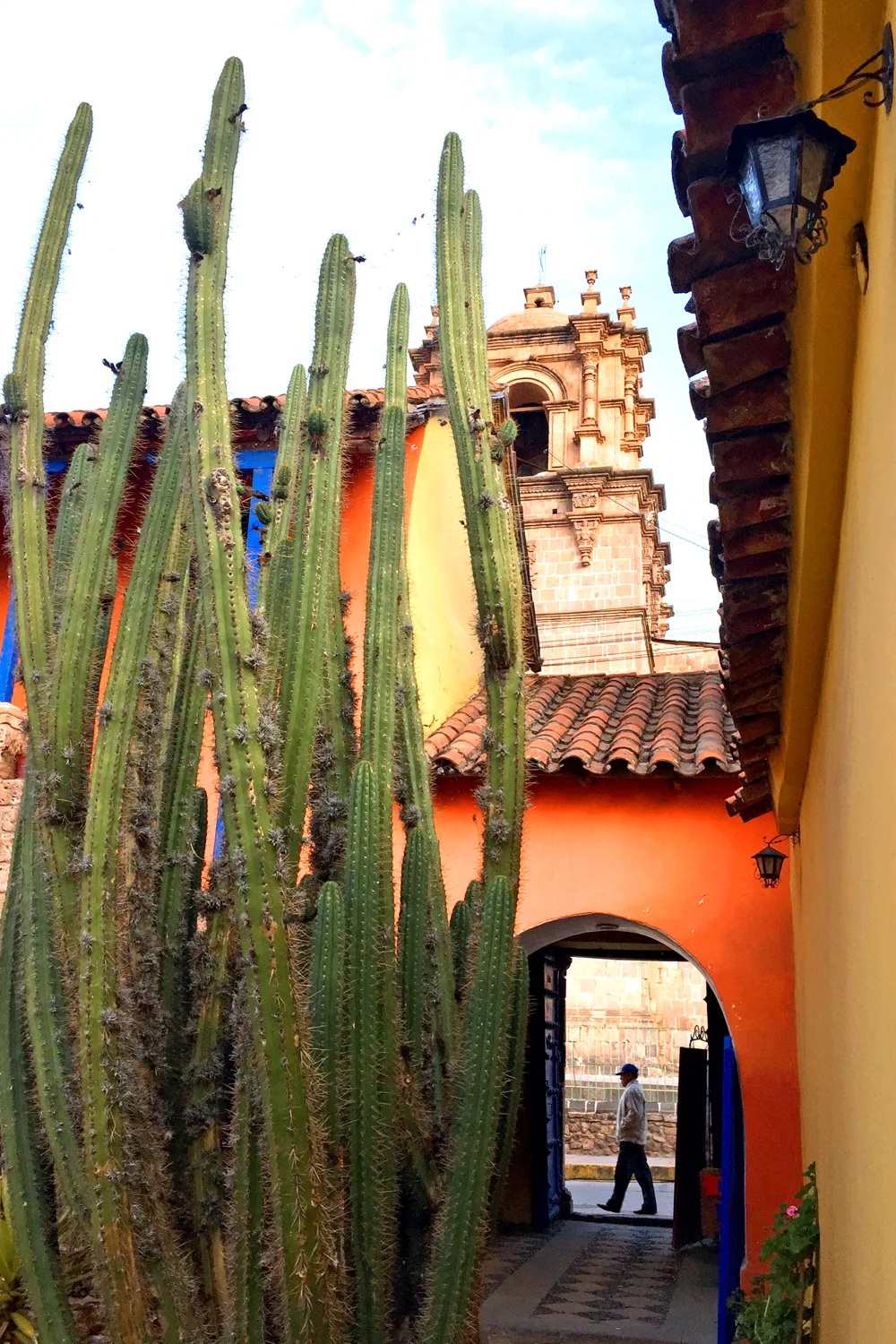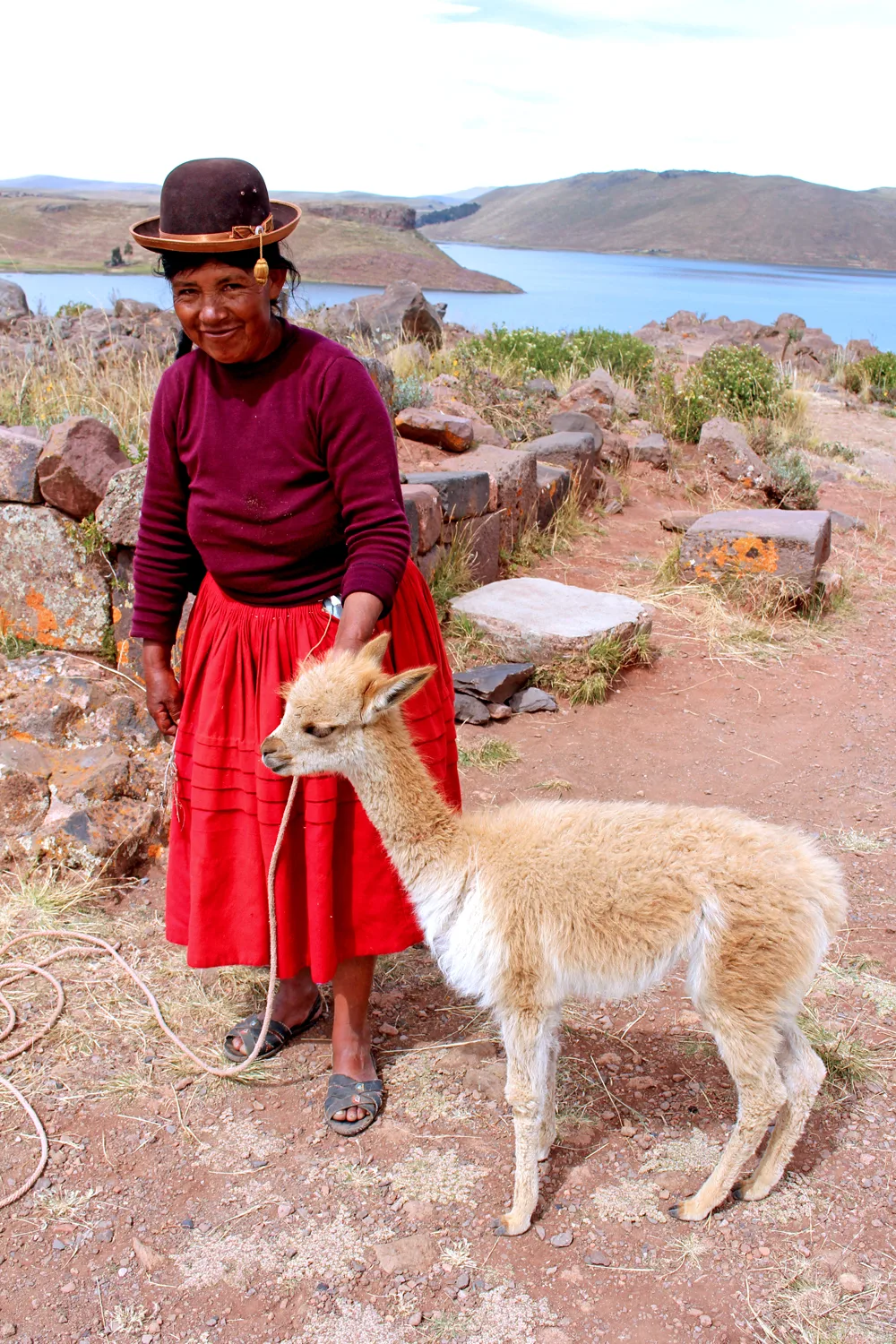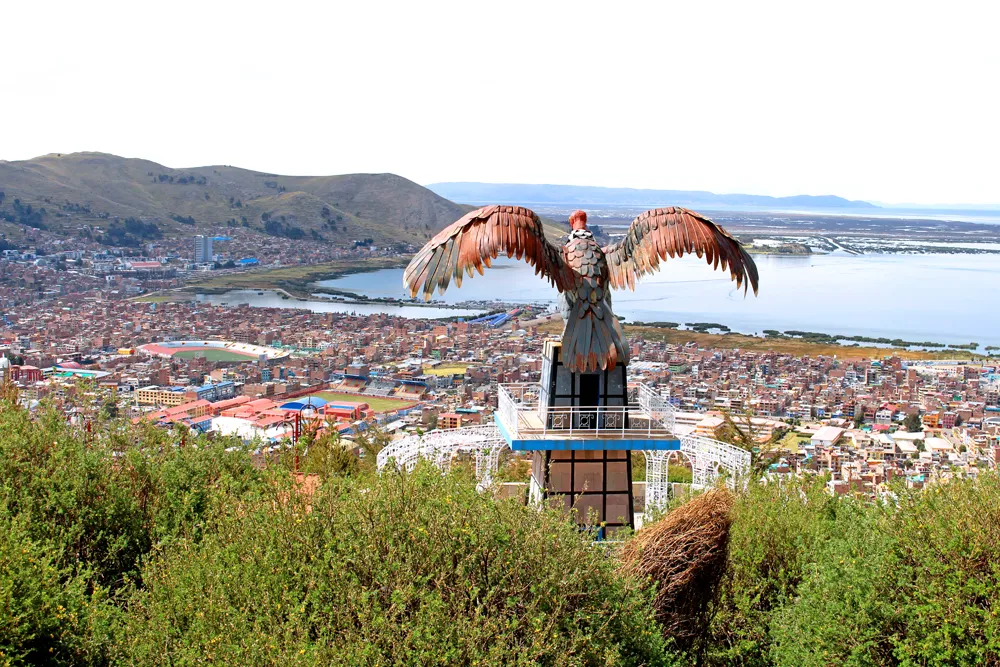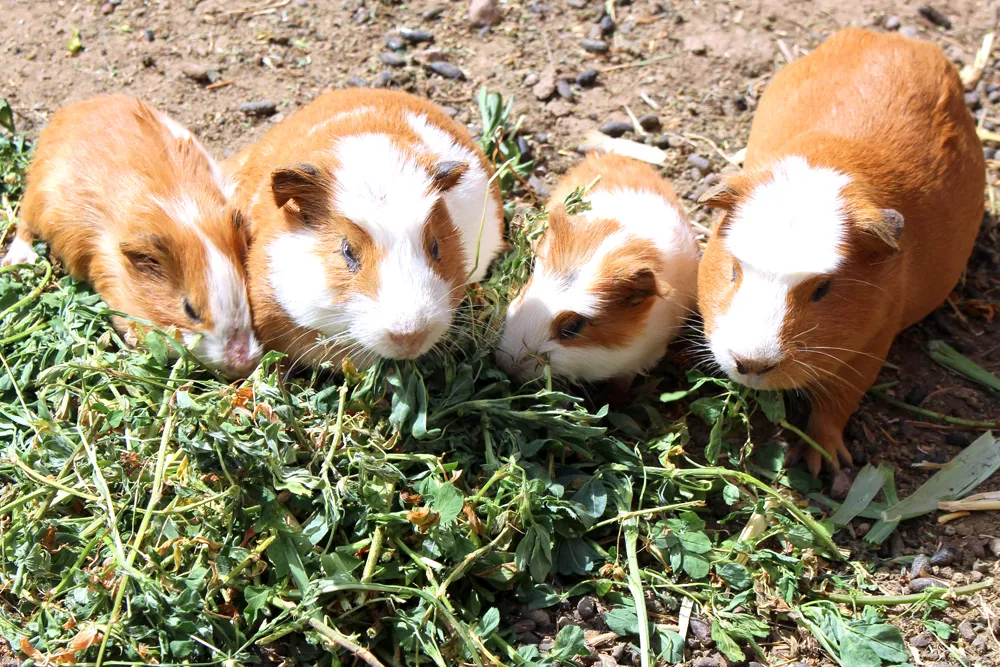After begrudgingly leaving the beautiful Amantica Lodge, we sailed across Lake Titicaca in southern Peru for four hours, stopping off at Uros Islands - incredible floating islands built entirely from interwoven reeds grown in the shallows of the lake, housing locals and Andean birds swimming through the grasses - and arrived at Puno.
We docked the boat at Hotel Libertador Lago Titicaca's private pier and checked into our elegant room overlooking the lake. The five-star hotel is perched on a rocky hill surrounded by wild llamas, guinea pigs and foxes on the private island of Esteves, with 123 rooms, panoramic views, and a spa. We got up at the crack of dawn and watched brilliant sunrises glittering across the lake at breakfast, ate delicious quinoa and local alpaca for dinner at the hotel's Los Uros restaurant, relaxed in the hot tub at dusk watching a herd of llamas grazing in front of us, and had cocktails at the bar watching the sun disappear into the mountains behind the city.



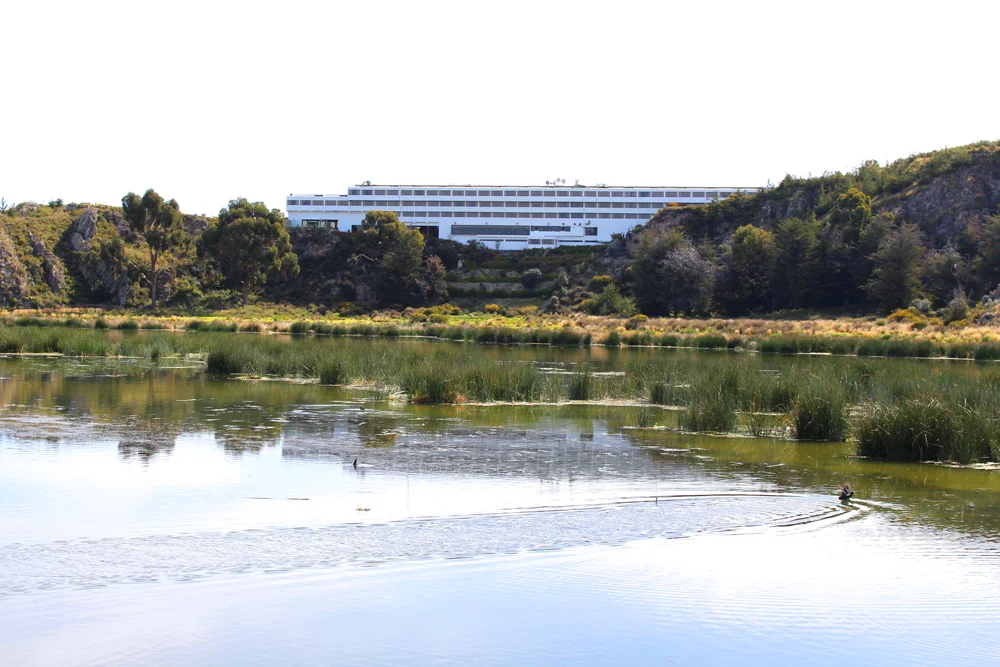
Puno isn't the prettiest of places: the streets are filled with stray dogs, piles of rubble, mototaxis, diesel fumes and unfinished buildings (one of our guides told us that this was for tax reasons, as if residents finished the third storey they'd be taxed double) but there's charm in its shabbiness. There's sun-bleached graffiti and peeling paint on crumbling buildings, dusty old cars, little plazas lined with booksellers, locals in traditional dress, and some beautiful colonial architecture. We visited the historical Plaza de Armes, the baroque Catedral Basílica San Carlos Borromeo with its grand green carved wooden door, the colourful 17th century Casa del Corregidor and had coca tea in its artsy cafe, and climbed the steep steps to the Parque del Condor with its giant vulture statue looking over the city.


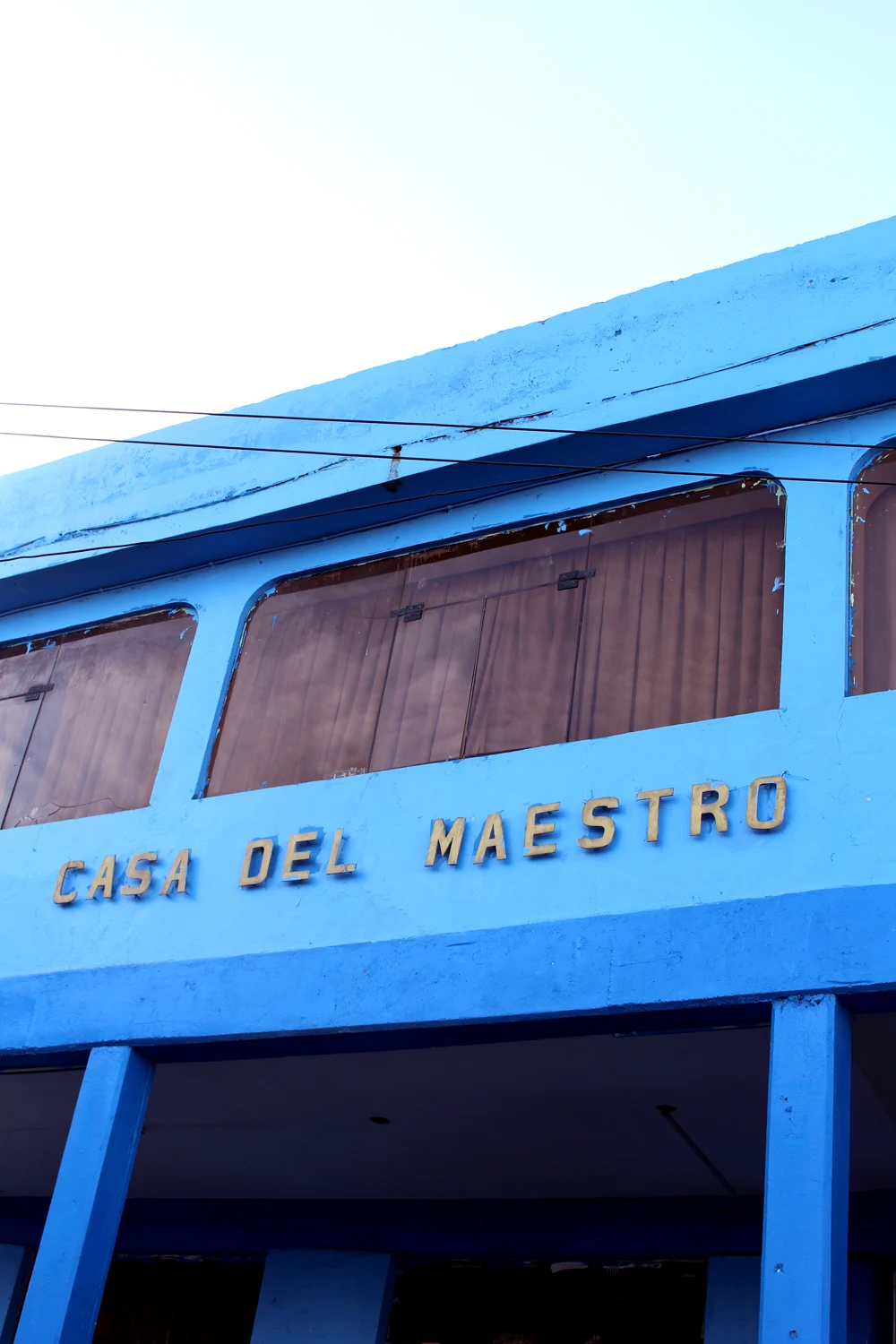





Puno isn't the prettiest of places: the streets are filled with stray dogs, piles of rubble, mototaxis, diesel fumes and unfinished buildings (one of our guides told us that this was for tax reasons, as if residents finished the third storey they'd be taxed double) but there's charm in its shabbiness. There's sun-bleached graffiti and peeling paint on crumbling buildings, dusty old cars, little plazas lined with booksellers, locals in traditional dress, and some beautiful colonial architecture. We visited the historical Plaza de Armes, the baroque Catedral Basílica San Carlos Borromeo with its grand green carved wooden door, the colourful 17th century Casa del Corregidor and had coca tea in its artsy cafe, and climbed the steep steps to the Parque del Condor with its giant vulture statue looking over the city.




We went on a half day trip with an excellent guide from Anywhere - which offers dozens of day trips from pretty much everywhere we visited in Peru, so one to check out if you're planning a holiday - to the nearby pre-Incan burial site, Chullpas of Sillustani. We walked around the ancient temples and tombs, overlooking the Umayo lake and fields of alpacas, vicuñas and cows, before heading to a traditional putuco house surrounded by a ring of stones, where we met a little old lady who served us imilla potatoes with chaco clay - I'd never had clay before (I didn't even know you could eat it) but it was like an earthy dip and tasted pretty good - and fed her adorable squeaking guinea pigs before heading back to the city. After two days of exploring, two beautiful sunrises, two stunning sunsets and two early nights (that altitude) it was time to take a looong coach ride via Pucara (where the decorated ceramic bulls you see all over Peru are from), La Raya Pass (the highest point of our trip at 14,150 feet) and the golden, ornate 16th century San Pedro Apóstol de Andahuaylillas Church. Next stop: Cusco.











